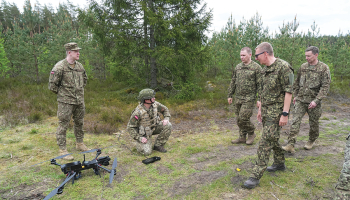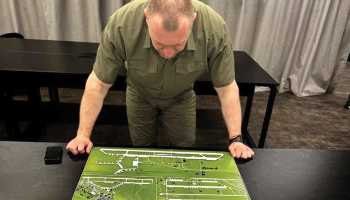
Burbulis un lācis. vai krievu? Foto: AFP/LETA
As always there is a lot to look out for in the macroeconomy but being inside the Eurozone implies that the government budget and external competitiveness are of particular concern. In terms of the former, the (relatively) new Fiscal Discipline Law and the newly established Fiscal Council have been created.
No particular body exists to monitor external competitiveness (and I am not sure how such a body should be formed anyway) but it is certainly monitored after all by the central bank, by the commercial bank economists, by the EU and by some of us independent economists with an interest in the topic.
A typical first place to look is the real effective exchange rate (REER), roughly speaking a measure of cost developments in a country compared to cost developments in trading partner countries adjusted for exchange rate developments. My preferred measure uses unit labour costs i.e. the development in costs per unit of production and I have plotted the development in five countries around the Baltic Sea since 2005 in Figure 1. The three Baltic countries, Germany because of its relentless focus on cost competitiveness in the past many years and Sweden - big trading partner and one with a flexible exchange rate.













